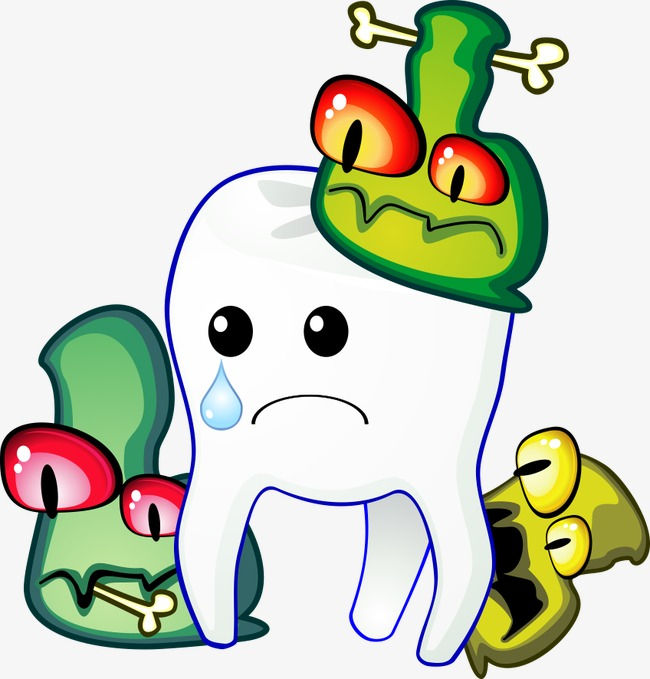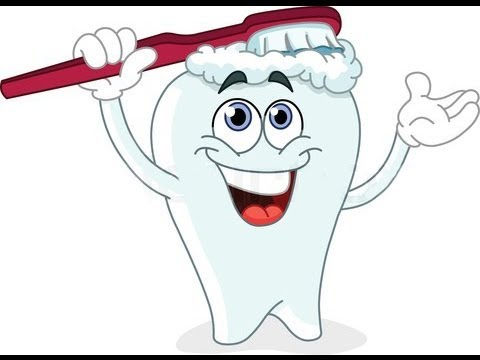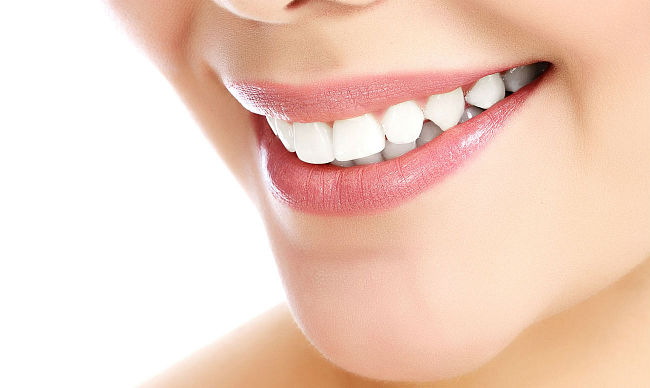DENTAL HYGIENE AND TEETH HEALTH
- Preeti Rawat
- Apr 8, 2018
- 4 min read
Keeping your teeth clean and healthy is an important daily commitment. Research suggests that gum disease and other dental hygiene problems can increase your likelihood of developing heart disease (Humphrey et al., 2008). But you and your dental hygienist can work together to maintain your dental health and prevent cavities, gum disease, and a range of associated aliments.
YOUR DENTAL HYGIENIST
In most cases, when you visit your dentist you will first be treated by a dental hygienist before the dentist performs your tooth exam. The dental hygienist is responsible for examining your oral health, cleaning and scaling (scraping off plaque and tartar) your teeth, and helping you to develop good dental hygiene habits. It is generally suggested that you should visit your hygienist for a cleaning at least once every six months.
WHAT YOU CAN DO
Once the dental hygienist has cleaned and scaled your teeth, it is up to you to maintain a clean and healthy mouth. Your hygienist will also provide you with a suggested dental hygiene routine suitable for your unique situation. It is best to follow this plan as closely as possible but if you haven’t been to the dentist recently, the practices described below are a good place to start protecting your teeth and gums from damaging plaque, tartar, and cavities.
TOOTH BRUSHING
The first step in good oral hygiene is tooth brushing. Though a brush cannot remove the hard calcified tartar (formed by plaque remaining on teeth over time, calcifying, and hardening onto teeth), it can help remove plaque which forms the basis for a whole range of dental disease.
Plaque is a build up of bacteria on the surface of the teeth. When these bacteria feed on the sugar that you consume, they produce byproducts that irritate gums potentially leading to gingivitis or the more advance periodontal disease and causing tooth decay that may result in cavities. Tartar also contributes to these conditions, but if plaque is removed regularly, tartar will not have a chance to form at all.

BRUSHING TIPS
The best way to keep your teeth free of plaque is through good brushing habits. A good toothbrush should fit in your mouth comfortably when brushing both the cheek and tongue side of all of your teeth--smaller is often better. Softer bristles are usually preferred as they prevent gum abrasions, but be sure to replace the brush when the bristles begin to spread out forming a fan shape rather than the rectangular shape formed by a new brush.
Along with your soft, well fitting toothbrush, you will also need toothpaste. Most current research and dental professionals (Marinho et al., 2003; Twetman, 2009) recommend you use a fluoridated toothpaste to help prevent cavities and improve the strength of your tooth enamel. Dental professionals also advise the use of only a small pea-sized dab of toothpaste. Do not be fooled by the images in toothpaste commercials, especially when using fluoridated toothpaste, more is not better.
Once you have prepared your toothbrush with a small dab of toothpaste and a splash of water, you can begin brushing your teeth, one or two at a time with small circular movements.
1. In order to help clean along your gum line, place the brush at a 45 degree angle to the surface of your tooth and gently ease the bristles up to and under the gum line and wiggle them lightly.
2. As you work through the teeth, ensure that you are reaching all three main surfaces of each tooth: the cheek side, the tongue side, and the chewing surface.
3. To brush the tongue side of your front teeth, place the brush in a vertical position and brush up and down over the entire tongue side of the teeth.
Especially if you suffer from bad breath, you may also choose to gently brush the insides of your cheeks and the surface of your tongue.
Be careful that you are not rough when you brush. It is better to work gently and take longer than to scratch and injure your gums with aggressive scrubbing.
Brushing should take 2-3 minutes.
Brushing well is critical to dental health and should be performed at least once a day (before bed). Ideally you should brush your teeth both before bed and after breakfast and if you are wearing a dental appliance such as braces, brushing should take place after ever meal.

ELECTRIC VS. MANUAL TOOTHBRUSHES
In recent years, electric toothbrushes have become more and more popular. There is however, little evidence that an electric toothbrush is any more effective than good brushing technique with a manual brush. In fact, most research has found no statistically significant difference between the two types of brush (Costa et al., 2010; Mantokoudis et al., 2001; Parizi et al., 2011). Thus, use of an electric brush is ultimately a personal decision and choosing not to invest in one will not doom you to reduced oral health. The key is to brush thoroughly regardless what kind of brush you use.
TOOTH FLOSSING
Much research has found that flossing alongside brushing is a far more effective system of plaque removal and cavity and gingivitis protection than brushing alone (Corby et al., 2008; Hujoel et al., 2006; Nickerson et al., 2012). Floss reaches between the teeth and removes the hard to reach plaque that is most responsible for cavity formation. Poor flossing technique, however, can damage gums causing bleeding and potential infection so it is important to floss correctly.
PARTNER WITH YOUR DENTAL HYGIENIST TO TAKE CARE OF YOUR TEETH
A dental hygienist is your partner in oral health. Working with your hygienist you can develop a plan to protect your teeth and gums from disease. But no matter your individual situation, the most important part of any dental hygiene plan is sticking to it! Brushing and flossing your teeth regularly and with good technique will keep your mouth plaque and tartar free and will save you from costly dental bills for cavity filling and from the lasting gum and jaw damage of periodontal disease.

Reference:
www.nationalsmilemonth.org/oral-health-tips/
https://www.huffingtonpost.com/sam.../6-great-dental-hygiene-ti_b_11345130.html
www.knowyourteeth.com/infobites/abc/article/?abc=d&iid=184&aid=3806
https://www.beaversdentistry.com/blog/5-dental-care-tips

Comments